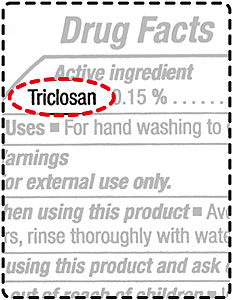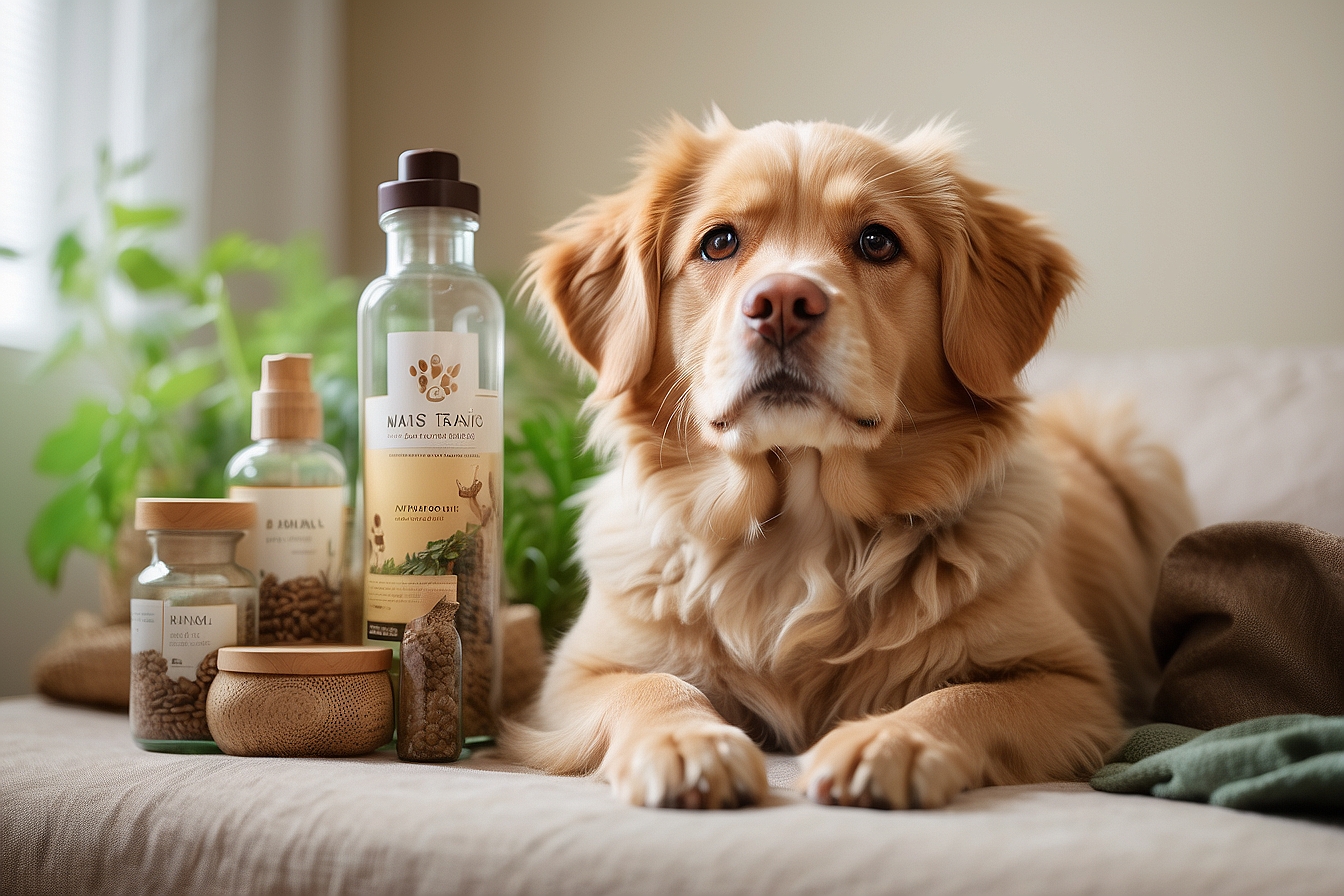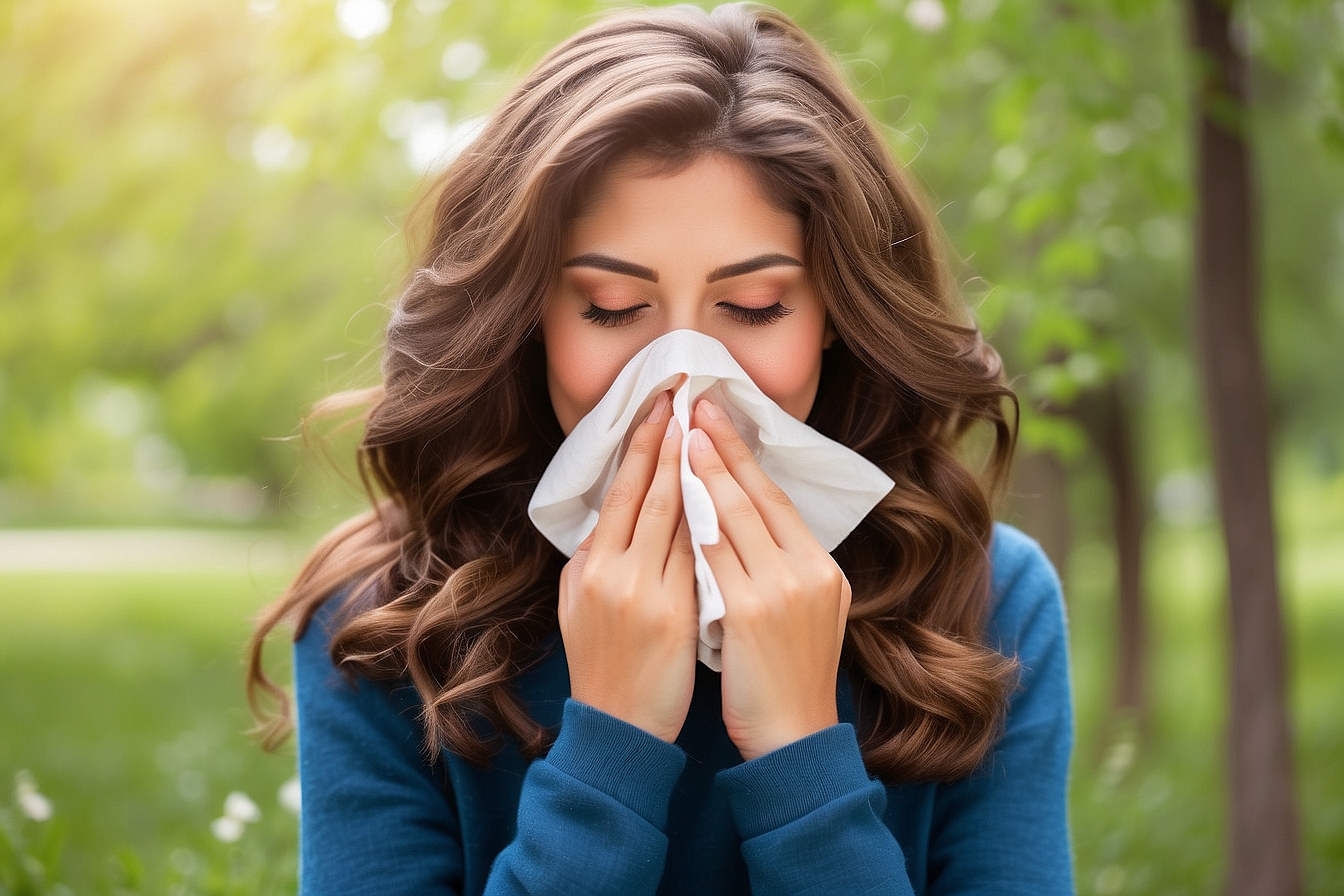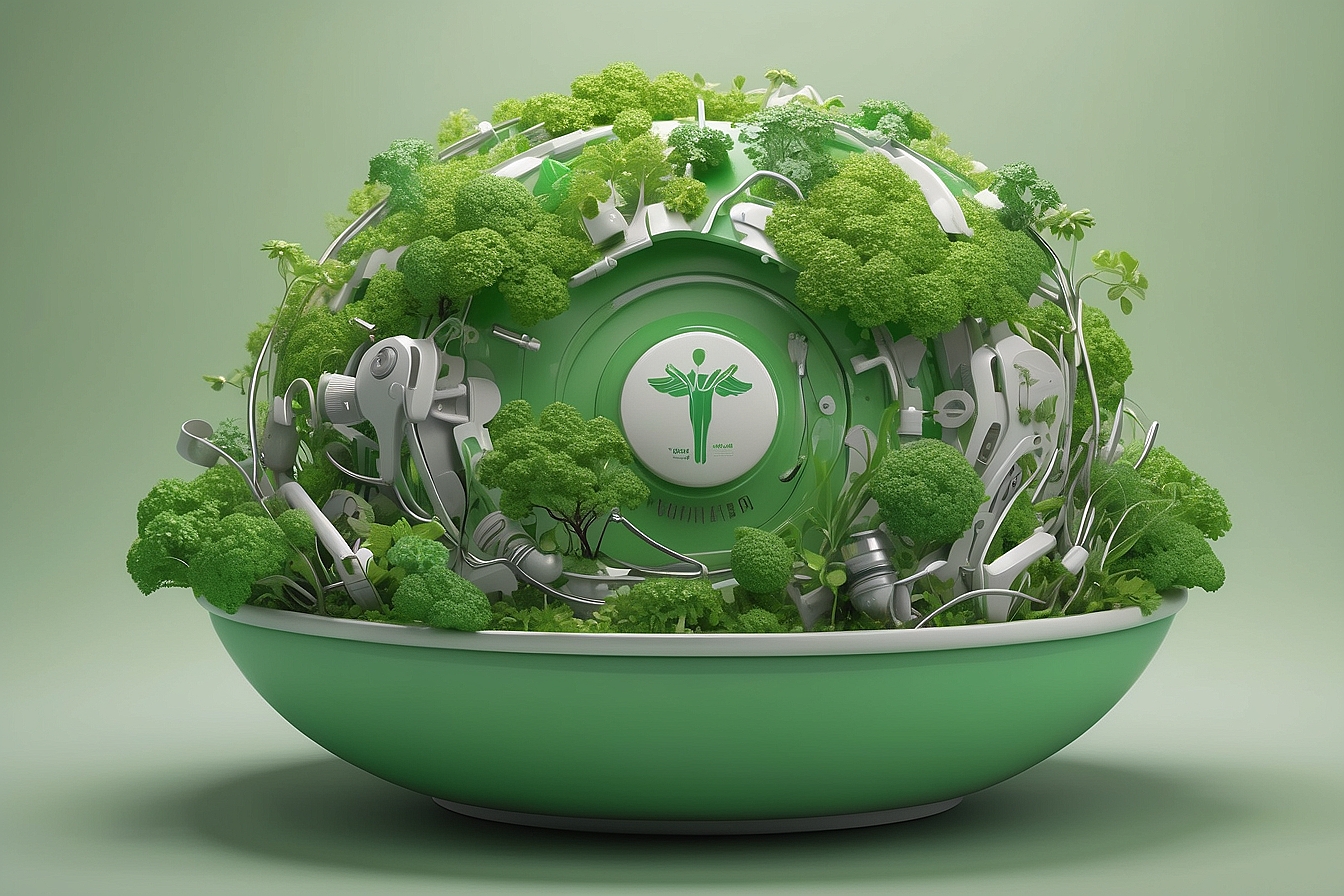Do you often find yourself reaching for soap labeled “antibacterial” at the grocery store? Or are you concerned that every drop of soap you use in public locations is antibacterial? What about soap not labeled antibacterial, will it actually clean your hands? These are some of the questions that seem to pop up much more in recent years than in previous generations. Wendy Hess, the director of infection control at Hackensack University Medical Center, states, “The heightened media attention about ‘superbugs’ makes it sound like if soap is good, antibacterial [soap] is better.”1 While antibacterial soap may make consumers feel as though they are making the safest choice, the opposite may be true.
What is antibacterial soap?
 iAntibacterial soaps can also be advertised as “antimicrobial” or “antiseptic.” What sets this category of soaps apart from regular soap is that certain chemicals are added with the goal of reducing or preventing bacterial contamination.2 There are two types of antibacterial agents. First, there are fast-acting antibacterial agents, which are found in many hand sanitizers. Examples include alcohol, chlorine, and peroxide. These agents are useful in that they leave no residue and can eliminate harmful bacteria without killing healthy bacteria. The other type of antibacterial agents breaks down more slowly, which does leave a residue on the skin. Since this type breaks down more slowly and therefore eliminates bacteria at a slower rate, resistant bacteria can more easily develop.3
iAntibacterial soaps can also be advertised as “antimicrobial” or “antiseptic.” What sets this category of soaps apart from regular soap is that certain chemicals are added with the goal of reducing or preventing bacterial contamination.2 There are two types of antibacterial agents. First, there are fast-acting antibacterial agents, which are found in many hand sanitizers. Examples include alcohol, chlorine, and peroxide. These agents are useful in that they leave no residue and can eliminate harmful bacteria without killing healthy bacteria. The other type of antibacterial agents breaks down more slowly, which does leave a residue on the skin. Since this type breaks down more slowly and therefore eliminates bacteria at a slower rate, resistant bacteria can more easily develop.3
One of the most popular choices for the chemical add-in is triclosan, which can be found in 76% of antibacterial soaps in the United States.4 Triclosan is often also found in clothing, kitchen supplies, furniture, toothpaste, body washes, and cosmetics. If a product contains this chemical, it will be listed under Drug Facts on the label.5
Antibacterial Soap Concerns
The U.S. Food and Drug Administration (FDA) has been researching the potential impacts of antibacterial soaps and other products for the past several years. While the FDA states that more evidence is needed to definitively state whether antibacterial soaps are harmful, FDA scientists have discovered that long-term, daily use of this type of soap may lead to hormonal disruptions and may contribute to overall bacterial resistance.6
Robert Tukey, a professor at the University of California – San Diego School of Medicine, stated about his study on triclosan’s impact on mice, “Triclosan’s increasing detection in environmental samples and its increasingly broad use in consumer products may overcome its moderate benefit and present a very real risk of liver toxicity for people, as it does in mice.” Tukey’s study found that long-term exposure to triclosan most likely led to liver cancer in mice.7 Additionally, researchers from John Hopkins University found connections between triclosan and increased allergies risk and immune system disruption in children.8
In response to these studies, certain companies have begun to remove triclosan from their products’ ingredients. In 2012, Johnson & Johnson removed the chemical from their baby product line and had plans to begin removing it from their adult line. Perhaps most interestingly, many hospitals have also stopped using antibacterial products. For instance, in 2010 Kaiser Permanente discontinued their use of antibacterial soaps. However, health care workers were the first to use products with triclosan, since it was developed in the 1970s to be used in antibacterial soaps for surgeons. Antibacterial soap was never intended for consumer use.9
What to Use Instead
In 2013, the FDA made a statement about the effectiveness of antibacterial soaps: “At this time, the agency does not have evidence that triclosan in antibacterial soaps and body washes provides any benefit over washing with regular soap and water.”10 Since there does not seem to be any benefits of using antibacterial soap and there are several potential dangers of using it, many scientists now maintain that using regular soap, or hand sanitizer when on-the-go, are the healthy choices. Regular soap will kill harmful bacteria without killing good bacteria, as will hand sanitizers.11
 ii
ii
There are of course a few caveats to keep in mind in order to effectively use regular soap and hand sanitizer. For instance, to most effectively wash your hands with regular soap, you must wash the front and back of your hands, as well as under the nails and between your fingers, for at least 20 seconds in warm water.12 In terms of choosing a safe hand sanitizer, make sure to choose an alcohol-based sanitizer that does not contain triclosan, triclocarbon, or fragrances. Similarly, it is best to avoid regular soaps, whether liquid or bar, that have fragrance, as well.13 To ensure that the hand sanitizer is effective, make sure the alcohol content is between 60-95%.14
In order to find safe products, visit the Environmental Working Group’s Skin Deep Database by clicking on the links below:




